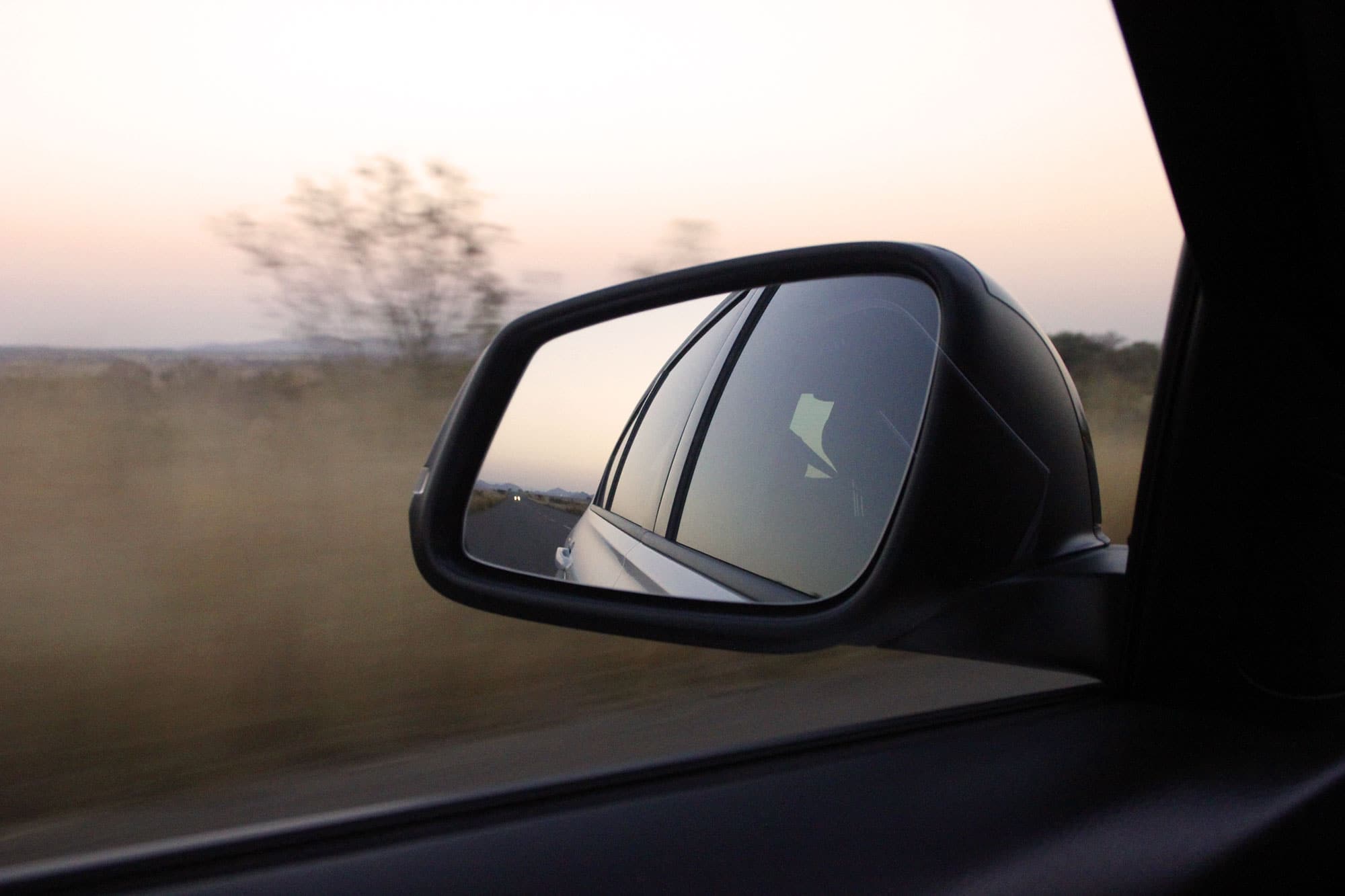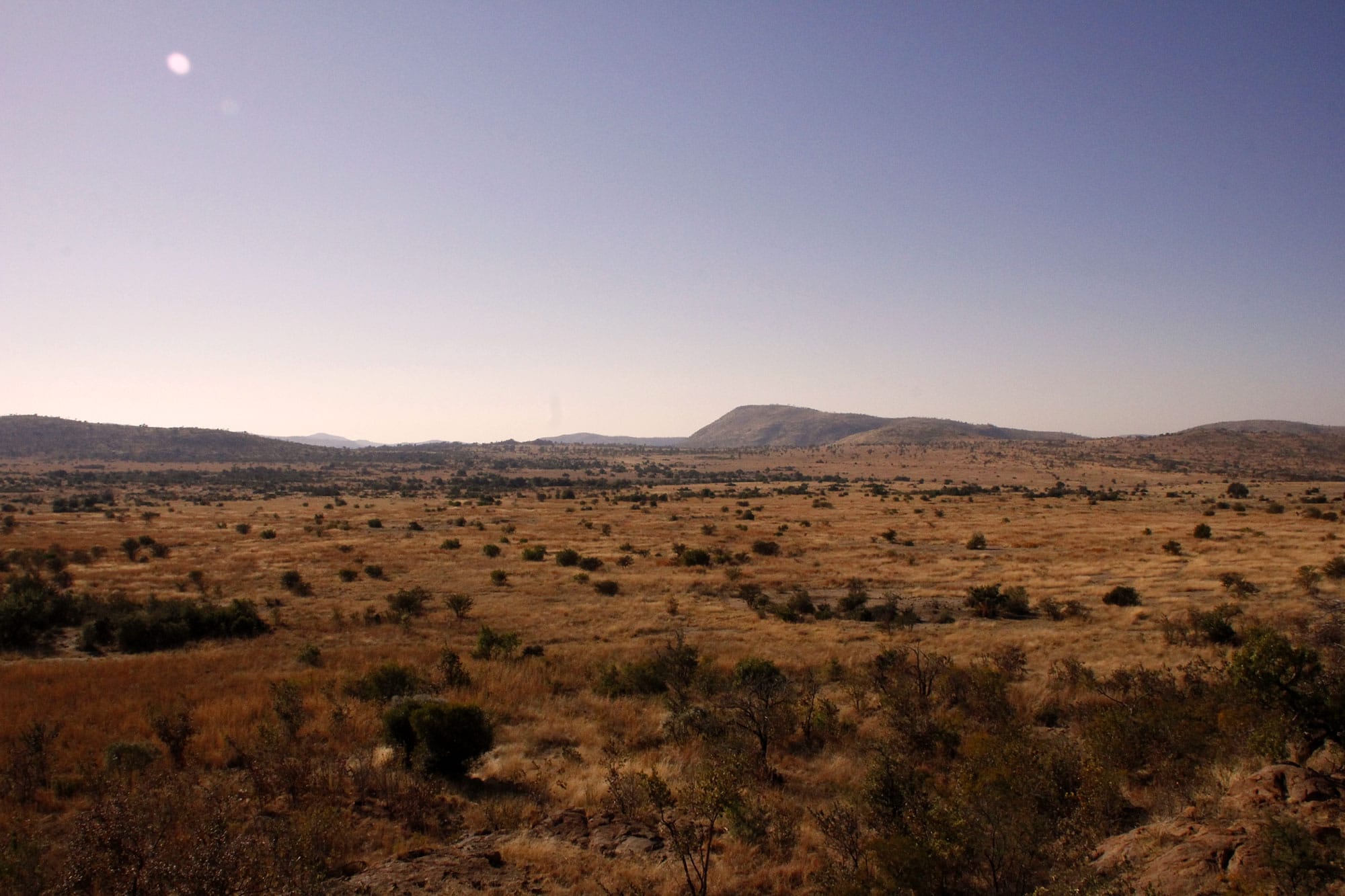Meine Pilanesberg Safari Erfahrungen
English Version below
Bevor wir nach Tansania gedüst sind, haben wir noch eine Self Drive Pilanesberg Safari gemacht. Und es war ein wunderbares Erlebnis. Meine Erfahrungen zum Pilanesberg Nationalpark findet ihr in diesem Bericht.
Self Drive Safari bedeutet, dass du dein eigenes Auto nimmst und ohne Guide auf eigene Faust durch den Park fährst. Wichtig ist, dass du gut Autofahren kann, denn die Straßen sind eher Pisten. Außerdem sollte das Auto gut in Schuss sein und du umsichtig und verantwortungsbewusst handeln. Dann ist es ein riesiger Spaß.

Kleine Safari Eindrücke
Vorbereitung und Ablauf
Pilanesberg liegt ca. 2h von Johannesburg entfernt. Am besten du brichst richtig früh auf, gegen 4 oder 5 Uhr morgens, denn in der Morgendämmerung siehst du die meisten Tiere. Aber vorher nochmal erkundigen, wann der Park aufmacht, das wechselt über das Jahr immer ein wenig. Da es morgens noch richtig kalt sein kann (deswegen kommen die Tiere auch aus dem Schatten), solltest du dich am besten warm einpacken. Schließlich willst du das Fenster auch mal runter machen, um gute Fotos zu schießen und den Geräuschen der Natur zu lauschen. Apropos Fotos: Eine gute Kamera mit großen Zoom ist empfehlenswert. Denn der Zoom kann in vielen Fällen auch als Fernglas dienen. Empfehlenswert ist es auch, einen Safari Guide oder ein Tierbuch mitzunehmen. Da man selbst ja keinen erfahrenen Guide dabei hat, der einem was erzählen kann, hat man so die Möglichkeit trotzdem etwas nachzuschlagen.
Beim Eingang zahlt man sowohl für das Auto, wie auch pro Person. Zu zweit belaufen sich die Kosten so ca. auf 10€ pro Person. Am besten auch noch einen Vorrat an Wasser mitnehmen. Zum Essen kann im Park in ein Restaurant gehen, aber Snacks für zwischendurch sind trotzdem empfehlenswert. Dann kann es losgehen. Karte am Eingang abfotografieren und los geht die Tour.

Regeln für die Pilanesberg Safari
- Auf den Wegen bleiben
- Im Auto bleiben
- Fenster lieber schließen, wenn die Tiere zu nahekommen
- Tiere nicht anfassen
- Umsichtig sein, wenn man aussteigt. Auch bei den Rastplätzen kann sich mal ein hungriger Löwe verirren, diese sind nur bedingt eingezäunt
- Keinen Müll hinterlassen
- Nicht schnell fahren
- Wenn Elefanten die Ohren aufstellen, ist es eine Drohgebärde. Dann lieber den Rückwärtsgang einlegen
- Nilpferde sind aggressiv und schnell. Wenn eins wütend ist, auch lieber rückwärts fahren.
Die meisten Regeln erklären sich sowieso von alleine.



Fazit meiner Pilanesberg Safari
Eine Self Drive Safari ist ein wahnsinnig tolles Erlebnis und man sollte es wirklich in vollen Zügen genießen. Dass man keinen Guide hat, hat Vor- und Nachteile. Zum einen hat man niemanden, der einem Dinge erklären kann und man übersieht als Ungeübter auch sicher das ein oder andere Tier, denn selbst Elefanten sind extrem gut getarnt. Der Vorteil ist aber, dass man komplett unabhängig und flexibel ist. Timo und ich haben den kompletten Tag in Pilanesberg verbracht und als wir mittags müde wurden, haben wir das Auto an einem schattigen Plätzchen auf einem Rastplatz abgestellt und darin einen Powernap gemacht. Denn selbst fahren ist verdammt anstrengend auf Dauer. Es war richtig toll ohne Motorengeräusch den Geräuschen der Natur zu lauschen und langsam vor sich hin zu schlummern.
Deswegen würde ich jedem empfehlen, sowohl eine Self Drive Safari zu machen, als auch eine mit einem Guide, denn beides hat entscheidende Vor- und Nachteile.


English Version: Pilanesberg Safari
Before traveling to Tanzania, Timo and I did a self-drive safari in Pilanesberg and it was a wonderful experience.
Self-Drive Safari means, literally self-driving. There is no guide and you are on your own in the national park. It is important that your car is in a good condition and you are a good driver. If you can answer to both things with a yes, then it is a lot of fun.

Procedure
Pilanesberg is located about 2h away from Johannesburg. You should start early in the morning, around 4 am, because in the early morning hours, you can see most of the animals. But you should first look up, what the opening hours of the park are at the moment, because this changes over the seasons. It can be really cold in the morning (that’s the reason you see animals), so you should take warm clothes with you. Most cars have an A/C, but I am sure you want to put the window down for better pictures and to hear the sounds of the nature. Speaking of pictures: a good camera with a large zoom is essential. The zoom can also be your spyglas. You should also bring a safari guide with you, so you can look animals up, when you have a question about them.
You must pay at the entrance. One time for the car and then for every single person in the car. For two people, it was around 20€ costs for both, but this also changes. Take water with you! And, a snack is advised. You can have lunch at the restaurant in the park, but that can be far away, depending on your current location. Then you can take a picture from the parks card at the entrance and then you are good to go!



Rules at the Pilanesberg safari
- Stay on the road
- Don’t leave the car, except for the rest areas
- Close the windows, if animals are coming too close
- Don’t touch the animals
- Be aware of your environment. Even on the rest areas are not entirely safe from dangerous animals
- Don’t litter. Simply don’t.
- Don’t drive too fast.
- If an elephant set up his ears, it is a warning. Then maybe you should drive away
- Hippos are really fast and aggressive. Be aware of that


Conclusion
A self-drive safari is a wonderful experience and you should do it, when you have the possibility. But there are (dis-) advantages of not having a guide. On the one hand, you can’t ask somebody questions and you will also miss one or another animal, because you won’t see them. But you are also highly flexible and independent. Timo and I spent a whole day in Pilanesberg and when we were getting tired, we parked the car in a shadowed place on a rest area and took a nap. With just the sound of the nature napping a little, it was a wonderful moment.
So, I would recommend doing both types of safari, because both are special.













10 Comments
Marcel Rübesam
6 Jahren agowow, so viel wunderschöne Bilder hast du hier im Reisebericht.
Afrika reizt mich auch sehr, auf dem Festland noch nie gewesen und
die berühmten afrikanischen Tiere nur im Zoo beobachtet.
Dein Bericht macht Lust auf mehr…
Werde ich wohl bald mal eine Reise nach Afrika planen 🙂
Grüße Marcel von http://www.meine-reisen.net
Mirjam
7 Jahren agoAch gott wie schöne bilder sind das ?
Südaftrika steht auch auf meiner Liste ganz oben da ist dein Blogpost super hilfreich 🙂
xoxo
Mirjam von http://www.mirjamsstories.com
Dorie
7 Jahren agoSehr gerne, ich hoffe, dass du es dorthin schaffen wirst 🙂 SA hat so viel zu bieten!
Liebe Grüße!
Pierre
8 Jahren agoWoW! Das sind mal wieder wunderschöne Bilder und ich bekomme sofort wieder fernweh und möchte mich in das nächste Flugzeug setzen, vor allem weil es bei mir gerade schneit. Ich hätte gedacht, der Eintritt ist viel teurer, aber 10€ pro Person gehen ja voll.
Ich liebe vor allem das letzte Bild von den zwei Giraffen, dass könnte so auch genau eine Postkarte sein. 🙂
LG Pierre von Milk&SUgar
Dorie
8 Jahren agoJa, geht mir genauso. Bin ja mittlerweile zurück und würde jetzt auch schon am liebsten wieder im Flieger sitzen 🙂
Aber Weihnachten hat ja auch was schönes.
Schönen Sonntag dir 🙂
Der Tarangire Nationalpark: Reisezeit, Tipps und Eindrücke - The Dorie
8 Jahren ago[…] die Ausrüstung betrifft, kann ich euch nicht viel sagen, denn das ist sehr abhängig von eurem gebuchten Paket. Wir […]
Warum du unbedingt auf Safari im Ngorongoro Krater gehen solltest
8 Jahren ago[…] ich schon genug über Self-Drive und normale Safaris geschrieben habe, mache ich es heute weniger textlastig und „zeige“ […]
Reni E.
8 Jahren agoIn Afrika war ich noch nie. Aber wenn ich deine tollen Bilder so sehe, bekomme ich richtig Lust, da auch mal hin zu fahren. All diese Tiere in freier Natur zu sehen muss ein Erlebnis sein!
LG Reni
Tom Kimpfel
8 Jahren agoReni, das ist ein guter Gedanke!
Dorie
8 Jahren agoEs stand tatsächlich auch bei mir nicht auf der nächsten To Do Liste, es war eher in ferner Zukunft geplant. Aber wie es der Zufall so will… 😀 jetzt bin ich froh dagewesen zu sein 🙂
Liebe Grüße!